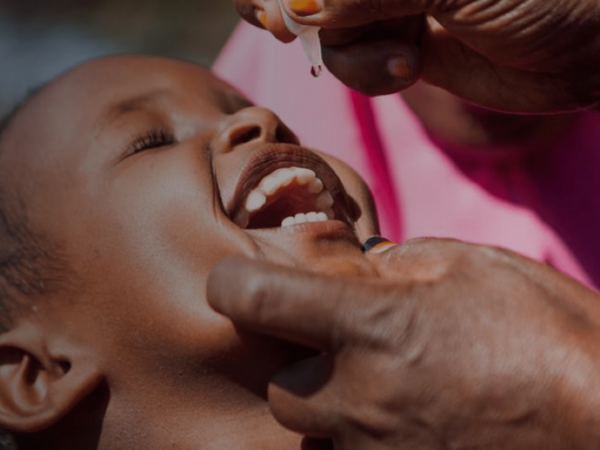Mass media is an important, but often expensive, element of an integrated communication plan. It must be planned carefully and based on your objective and understanding of the media consumption of your target audience.
Mass media is excellent for creating general awareness and providing basic facts. It can provide legitimacy and has an incredible ability to popularize and reach many people with the same message. Paying for radio, TV and print material allows you to control the message, tone and approach.
At the same time, mass media is primarily a one-way channel offering few options for feedback, detailed or highly technical explanation or targeted information to specific groups.
Despite its relatively high cost, it can be an invaluable addition to a mix of communication, particularly in cases where awareness, legitimacy or reach is a major issue.
Different mass media channels play different roles in communications. For example, television and radio spot advertisements work well to raise awareness about an issue, while newspaper articles can provide more in-depth information about a topic. When planning your communications, you should identify your intended population's preferred channels and media use, as well as their capacity for passing on information within their social networks. You should also strategically map out which information you want to communicate, and determine the most appropriate media channel for each.
Information and communication technologies (ICTs), including social media, are effective for spreading messages in real-time to members of the population if they have access to the means for receiving social media messages, for reinforcing messages, for enhancing service delivery, and for building social networks that can be activated to mobilize communities.
The two-way or reciprocal nature of digital or ICT platforms allows for rich feedback loops and dynamic engagement of members/populations in dialogue, empowering them as active participants in the discussion rather than passive recipients of messages. Each type of communication channel has benefits and drawbacks for conveying certain types of messages to specified populations.
It is important to consider:
- The intended population you want to reach:
- Does your intended population have access to the channel?
- Will the channel reach your intended population?
- Does the channel allow for feedback from the population?
- Are the channels perceived as trusted sources of information about your issue?
- The message(s) you want to deliver:
- Is the channel appropriate for the type of message you want to deliver (e.g., visual, oral, simple, complex)?
- The channel reach:
- Does the channel cover enough area to expose your intended population to the messages?
- Timeliness of the channel:
- Does the channel allow the intended population to receive the messages whenever they want (e.g., via text message or a Web site) or on a set schedule (e.g., a radio advertisement)?
- Cost of using the channel:
- Does the C4D program have the resources to utilize certain channels?
- What is the cost-effectiveness of the channel(s) being considered?
- Synergies with other program activities:
- Does the channel reinforce messages for other program activities?
- Does the channel encourage the population to engage in dialogue?
- Do the messages motivate the population to seek/demand rights and services?
Mass media tactics can be overemphasized if they are not grounded in programme and strategic objectives. High profile campaigns can suggest prestige and sophistication, while their ability to reach many people at once will be appreciated. But this does not necessarily equate to a contribution to influencing behavior.
Conversely, mass media tactics may also be dismissed as superficial, expensive and ineffective, whereas they can be extremely strategic and lend credibility and brand recognition to a vaccination effort.
It is therefore essential that mass media interventions be born from a solid analysis of available evidence and evaluated based on their success in supporting your strategic objectives.
Using the services of a media monitoring company is by far the most reliable monitoring method. If investing heavily in mass media, subscribing to the services of a media monitoring company, where available, may be expensive, but will provide you with necessary feedback such as:
- Are planned media broadcasts and print material schedules being met?
- What other related materials have been broadcast or published as a result of the EPI/NIDs publicity?
Message retention and recall with your target audience can be further confirmed through community meetings, focus group discussions and even formal KAP studies.
Learn more
Explore the other two learning modules in this 3-step tutorial to design evidence-driven communication strategies to help vaccinate every child.
Define your target audience and barriers to change, then develop messages and choose channels to reach your audience.
You cannot do everything and your ability to prioritize your interventions and target behaviours is paramount. One simple way to do this is to evaluate importance of the behavior and its changeability.



